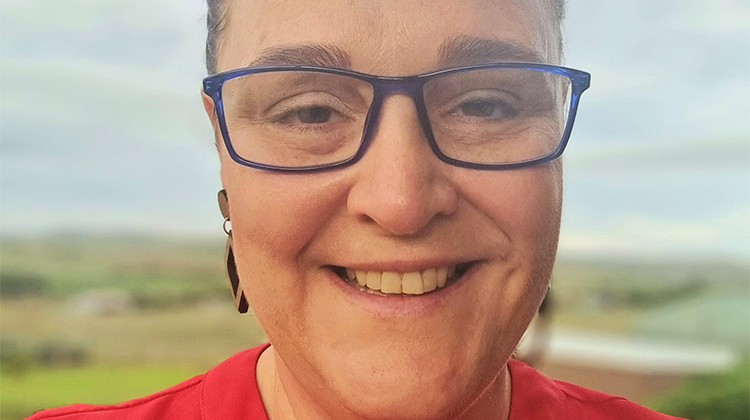Digital Technology and Authentic Learning

With digital technology being so prevalent in the daily lives of our learners, from Foundation through to Year 12, deciding how to integrate this technology with meaningful learning can, at times, be challenging.
Identifying the points where and when integration of technology will have the most impact on learning objectives is key to its success.
Vanessa Crouch, Digital Pedagogy Consultant at TeachTechGrow, has some key decision factors for considering when and how digital technology may be relevant to a particular learning experience.
Decision Points for Using Technology to Generate Authentic Learning
"Understanding what students really need to learn, and then recognising whether digital technology can help achieve curriculum objectives is an important decision point. If technology is relevant to a learning goal, knowing what devices and applications can be used to help students achieve the necessary results is another decision point. An important part of deciding when to use technology is also knowing whether students are comfortable with using a particular piece of technology. These are just some of the decisions at play when planning lessons," says Vanessa.
Vanessa points out an interesting, yet contrasting, daily experience for teachers who need to consider digital technology as part of learning. For early career teachers, the use of technology is not intimidating – but the skill of how to apply technology to a learning objective may still need to be developed. For experienced teachers who did not have to rely on technology in the past however, the confidence to make use of technology in learning situations may be limited.
"With so much that needs to be achieved around curriculum, being able to recognise what can be done with digital technology, when to use it and how to decide when it may actually not be necessary is vital," explains Vanessa.
Collaborating and Creating with Students
The teaching experience has come a long way since the days of needing to book time in the computer lab. Today, most schools have readily available technology where students are encouraged to research, practice skills and embed knowledge. In some situations, schools go beyond research and practice to ensure digital technology is used as an integral part of creating, editing and publishing content.
When it comes to planning how to use digital tools during learning, Vanessa encourages more creativity and collaboration between teachers and students. Studies have shown marked differences in retention rates when learning with digital tools, versus without. With secondary students, retention rates improve significantly when students are given opportunities to gradually experience the technology, and to then continue with creating content on their own.
"In situations where a teacher may not have the skills and confidence to use a specific digital tool, being able to acknowledge this to students creates an extremely powerful learning opportunity, for the teacher and for the students. Switching the learning experience by challenging students to share their knowledge and make it relevant to the curriculum objectives may be unexplored territory well worth stepping into" says Vanessa.
Being able to give students tasks which are relevant and connected to their immediate lives is authentic learning in action. Vanessa mentions an example to further explain:
"Learning about money and calculating savings for example, is a very real-world learning opportunity. Students will be more likely to calculate and make budget notes using digital technology, than on a piece of paper."
Learn to Use the Tools You Have
It can be tempting to get caught up in the media hype of digital tools and new technology, but sometimes there is value in aiming to learn the full potential of the tools we already have. Within a suite of tools there may be functionality which hasn’t been explored. Vanessa, who has a focus on digital pedagogy, advocates for knowing the full potential of the tools in front of us, rather than getting overloaded with applications and solutions which are not going to be used for more than one task. Knowing why you want to use digital technology is key to planning for learning experiences that are well within your skills as a teacher, and will be authentic and meaningful for your students.
Vanessa Crouch, Digital Pedagogy Consultant at TeachTechGrow, will share some key decision factors for considering when and how digital technology may be relevant to a particular learning experience at the National Education Summit in Brisbane’s Free Seminar Program.
According to Margo Metcalf, Creative Director at International Exhibition & Conference Group, organisers of the National Education Summit, there will be a line-up of free seminars on a range of interesting topics, as well as paid conferences to address the topics of STEM across the curriculum, Capacity Building School Libraries, Wellbeing for Future Focused Schools and a Diverse Learners Symposium. "We encourage educators to register to attend Vanessa's session which forms part of the free seminar program. We are excited to be back in action with face-to-face events and hope our visitors will be inspired by like-minded education professionals who are influencing and improving Australian education," concludes Margo.
The National Education Summit and Education Show will take place at the Brisbane Convention and Exhibition Centre – Friday 5 and Saturday 6 August 2022. Visit www.nationaleducationsummit.com.au to view the full program and to register to attend.